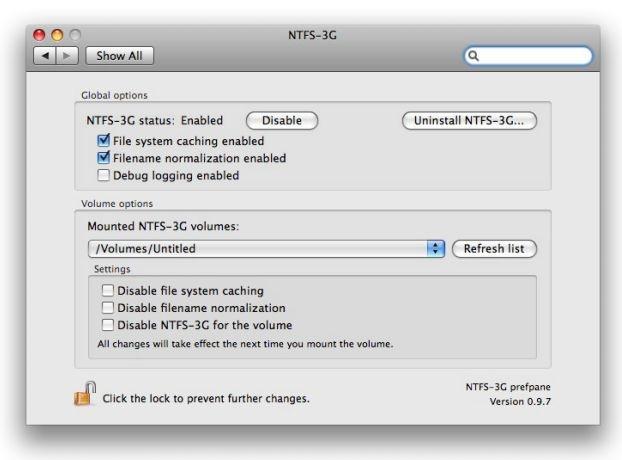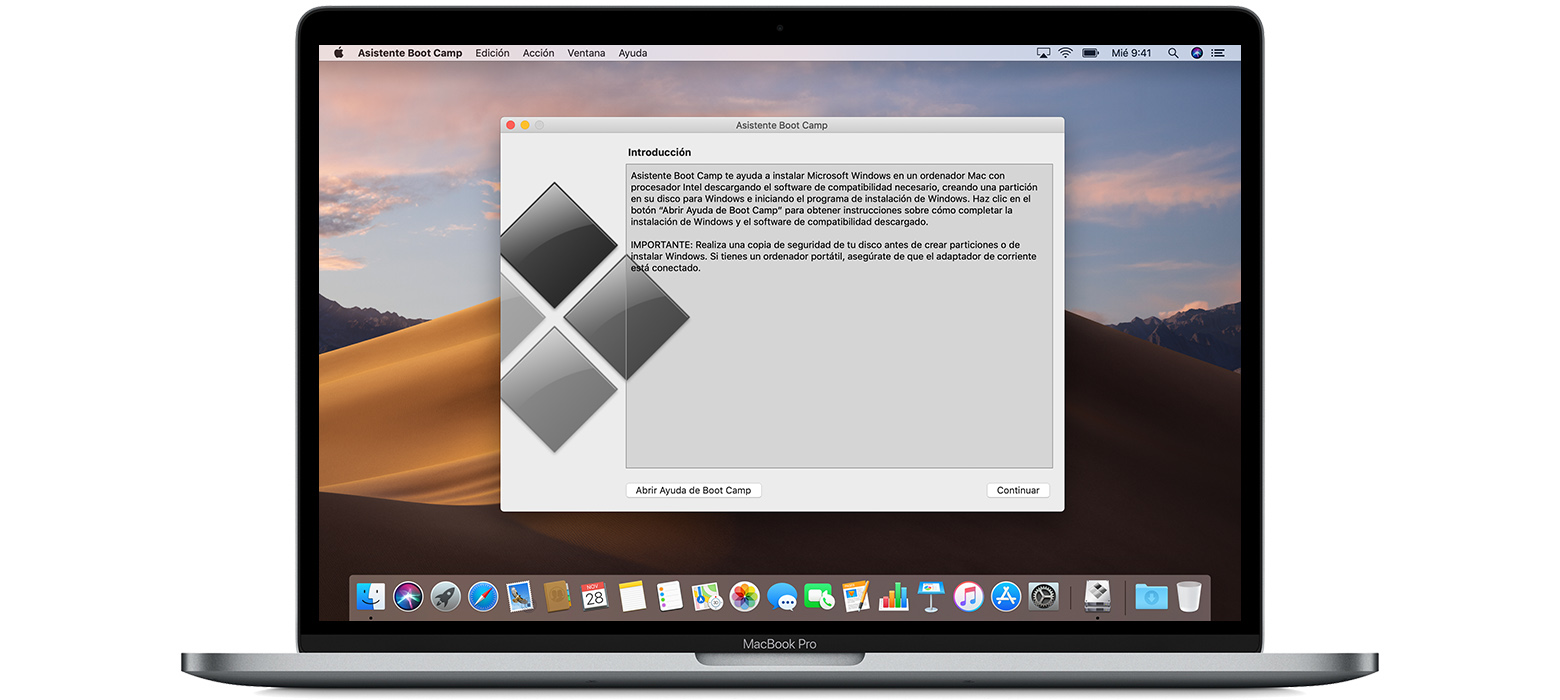- Paragon Ntfs Driver For Mac Os X
- Mac Os X Driver For Ntfs File
- Mac Os X Driver For Ntfs Usb
- Mac Os Ntfs Support
- Ntfs For Mac Os X
The latest release candidate of Tuxera NTFS for Mac, our high performance commercial NTFS driver is now out! Download Tuxera NTFS for Mac 2010.12-RC System requirements: A Mac (Intel or PowerPC) running Mac OS X 10.4 - 10.6. You can purchase a license for Tuxera NTFS for Mac in the Online Shop. Changes since Tuxera NTFS for Mac 2010.10. Feature: Implemented automatic translation of.
Topics Map > OS and Desktop Applications > Operating Systems > Mac OS X
Hasleo NTFS for Mac is a free software primarily designed to help users full access to NTFS drives in Mac, with it you can mount, unmount, read and write NTFS drives easily, safely and seamlessly in macOS & OS X. To full access (mount, read and write) the BitLocker-encrypted drives in macOS & OS X, please go to Hasleo BitLocker Anywhere For Mac. Format NTFS to Enable NTFS Writing on Mac. The basic reason for not writing to NTFS on Mac is. UPD: There is even better way to solve the same issue with native Mac OS X drivers, but it has its own pros and cons. Read at the end for details. UPD (IMPORTANT): Native driver makes NTFS unusable. Read below for details. Mac OS X Lion (10.7) was released recently, in the end of July 2011. And many users had started to complain that their NTFS disks stopped working.
This document outlines how to install the NTFS-3G driver on Mac OS X systems. This driver allows for Mac OS X (version 10.4 and later) to write to NTFS formatted drives.
| Potential for data loss | CAUTION: Please make sure your important data is backed-up to Bucky Backup or an external storage device (such as a CD, DVD, or external hard drive) before attempting this procedure. DoIT assumes no liability for data loss that occurs as a result of this procedure. |
Downloading the driver
The NTFS-3G driver can be freely downloaded here.
Installing the driver
After you have downloaded the driver, double click on the file to open the installer folder.
A new window should open. Double click on Install NTFS-3G.
The installer window should open. Click on Continue.
Click on Continue again and then click Agree to agree the Software License Agreement.
Click Install. You will need to enter your administrator user name and password.
After the installation completes, click on Restart to reboot your computer and finish the installation.

| Keywords: | mac os x ntfs osx write ntfs-3g driver 10.4 10.5 10.6 datalossdisclaimer file system filesystem windows read reading writing access accessingSuggest keywords | Doc ID: | 11346 |
|---|---|---|---|
| Owner: | Help Desk KB Team . | Group: | DoIT Help Desk |
| Created: | 2009-06-22 19:00 CDT | Updated: | 2020-08-13 18:21 CDT |
| Sites: | DoIT Help Desk, DoIT Tech Store | ||
| Feedback: | 2810CommentSuggest a new document | ||
- 3 Free NTFS Solution
Paragon Ntfs Driver For Mac Os X
UPD 21.08.2011: There is even better way to solve the same issue with native Mac OS X drivers, but it has its own pros and cons. Read at the end for details.
UPD 12.09.2011 (IMPORTANT): Native driver makes NTFS unusable. Read below for details.
Mac OS X Lion (10.7) was released recently, in the end of July 2011. And many users had started to complain that their NTFS disks stopped working. And the much worse problem is that “old” solutions do not work well.

But after one or two weeks of researching of this issue, I’ve managed to make NTFS work in Mac OS X Lion (10.7). The key here is a proper combination of software versions.
So I will shortly describe the usual choices for external data storages, and what problems arises with each of them. And later I will show how you can get the most universal way — NTFS — to work where it does not work by default, with links and pictures.

Data Storages
The only reason to worry about this problem is an ability to access external storage drives. Even if these are your own drives and you can select a filesystem to use, that choice is not easy.
There are few possible choices for large (~1TB) file storages, but each has very unpleasant limitations and issues:
* HFS+/HFSX (or “Mac OS Extended”/”Mac OS Extended (case sensitive)”) — okay with big volumes and big files, but works natively under Mac OS X and Linuxes only. Windows need third-party software, which is either free file browser/extractor or paid low-level drivers.
* FAT32 work in each and every OS now, but has limitation for file size up to 4GB (so, you cannot store DVD image, which is usually 4.5+ GB).
* FAT64 (exFAT) is a new solution, but it works natively only in Mac OS X and Windows 7. Older Windows systems (Vista, XP) require Service Packs and updates to support exFAT. Linuxes do not support exFAT yet at all. More on that, it has only one file table, so if this only place will be corrupted on write, I will get all the data lost.
* NTFS. Okay with big files an bug volumes. Works natively in all Windows systems. Works fluently in all Linux systems. Has native read-only support in Mac OS X. But has not write support under Mac OS X.
As you can see, in terms of cross-compativility, NTFS is the best choice: it works almost everywhere, and with no limitations. The only issue is write mode in Mac OS X.
Taking into account that you probably have a lot of friends with NTFS volumes, who can visit you and bring you something interesting there, you actually have no choice except as try to make NTFS working.
So, let’s do it.
Paid NTFS Solutions
But first, in case you want to make your own research, or you are looking for a solution that just works out of the box, and you are ready to pay for it, you can give a try to Paragon NTFS for Max OS X 9.0 for $19.99 (5-days trial). That is much cheaper than Tuxera NTFS for Mac for $36.02 (with 15-days trial).
The former one definitely works – I’ve tried it in trial. Just install and get everything ready: both read and write modes, auto-mount, and also NTFS formatting in Disk Utility, disk checking, etc.
I haven’t tested the latter one, so you can leave a comment here about your experience with Tuxera paid solution.
Free NTFS Solution
This free solution requires some efforts. Not so much, of course. Well, if you are going to make your own research, it can be lots of efforts, since the situation with NTFS-3G is not very clear now.
But if you are just about a ready, copy-n-install solution, it will be easy, and requires only these two or three steps:
* MacFUSE 64-bit.

* NTFS-3G stable.
* “15 seconds” error work-around (optional).
MacFUSE 64-bit
First, you need MacFUSE with 64 bit support. That is the main problem with Mac OS X Lion — it uses 64-bit kernel, and all previous version of Mac OS X used 32-bit one. So, old MacFUSE binaries won’t work anymore.
You can get Tuxera MacFUSE 2.2 image for free (could not find a page with it, just a download links) or try to compile OSXFUSE from sources. I’ve used the former one.
You can see MacFUSE preferences in “System Preferences”. Well, actually these are not preferences, but only “update” and “uninstall” actions, and current version info:
NTFS-3G stable
Second, you will need working copy of NTFS-3G. Long story short, NTFS-3G is either already dead or is going to die. There is its ancestor: Tuxera NTFS for Mac (paid).
But we are going to use old version of NTFS-3G — the one from 2010. I’ve got one from here. But you can try googling for it, or browse here for this exact version (not 2011 — I’m not sure they work).
I also tried to install later version from MacPorts, but it does not work too: mounts something that stills unreadable. That is in addition to an error in installation process (“mv” does not see the libntfs-3g file or so).
Now, when you have installed two binary packages, you can restart Mac OS X and try to attach the drive. It should work.
NTFS-3G preferences pane looks populated and interesting:
“15 seconds” error work-around
But it will show you the error message saying that there were not signal in 15 seconds:
This is not a big problem, because everything works fine. Only annoying message box is a problem.
So the third, optional step is to address this issue. You can follow this link: https://gist.github.com/1100318 (see first and the only comment under the code). You just download this attached C file, run “gcc” command line from the comment, and replaces the “fuse_wait” binary as said there. Yes, you will need “gcc” here.
And voila! Now you have working NTFS filesystem for free with no “15 seconds” error message. Profit!
Problems
Nevertheless, Mac OS X is a Unix-based system. And Unix-based system is a big problem when they work as desktop OS (earlier I thought that on Linux-based system because of community-driven and crowd-based development concept). This solution has some problems too. Though they are not about the solution itself, but about the components used.
Mac Os X Driver For Ntfs File
The most important problem now is the speed: with this NTFS-3G on MacBook Air (4GB, i7 CPU) write speed for USB 2.0 drive is about 3.3 MB/s. Just to compare, the same drive in the same port, but with exFAT/FAT64 partition can write with ~38 MB/s (or fast enough to make exact estimation; will try larger files later).
Also, immediately following the mount of a drive, there is a line in system log with an error message saying:
8/21/1112:48:43.000AM kernel:NTFS-fs error(device/dev/disk1s1,pid4859):ntfs_system_inodes_get():$LogFile isnotclean.Mounting read-only.Mount inWindows. |
Mac Os Ntfs Support
All the “cons” can be solved by installing NTFS-3G and keeping it disabled all the time, except when you need to format new volume, or to mount a problematic volume. Actually, it is better to enable NTFS-3G, mount it with NTFS-3G, then unmount, disable NTFS-3G, and mount it with native drivers; or use “ntfsfix” if you are not afraid of command line after all these hacks ;-)
IMPORTANT UPD 12.09.2011: Please read comments below: people say that this driver makes NTFS filesystem corrupted and unusable.
I had the same experience: my NTFS volume become only partially readable in Mac OS X, and completely unusable in Windows. More on that, when I tried to attach the drive, Windows kernel started to use 100% CPU, and did not stop to do so even when the drive were detached. Drive letter never appeared.
Ntfs For Mac Os X
Luckily for me, I had two backups of the whole volume (I do so when experimenting with new drives, since I once lost my whole photo archive due to burned out new drive). To solve the whole problem of NTFS@Mac, I’ve finally bought Paragon NTFS for Mac.
